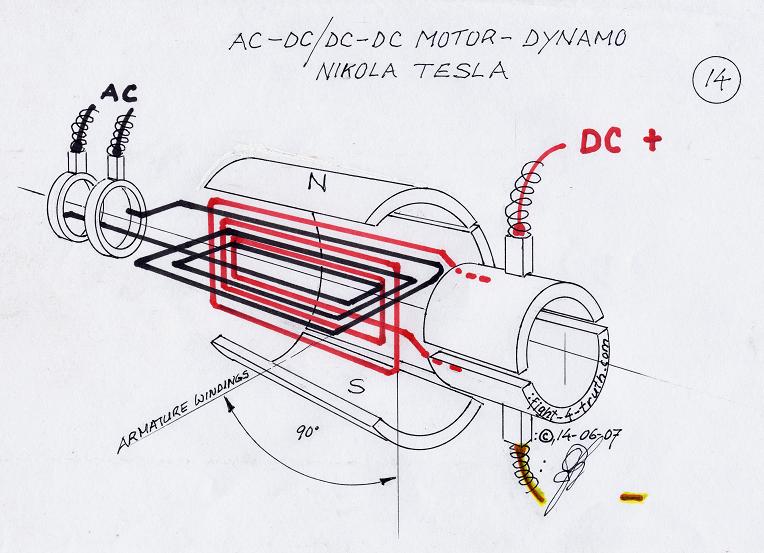I'm interested in duplicating some of Tesla's experiments, but have no idea of what exactly he used to provide his smooth high voltage dc into his disruptive discharge circuit back in the 1900s. From his patents I can see it is some kind of dynamo, but that's all i know.
Can anyone provide me with some clarification as to what he possibly may have used?
Thanks
Can anyone provide me with some clarification as to what he possibly may have used?
Thanks




 no thanks, ill make my own. Ill have to post that info if its a success, i already have most of the parts, just need to source some transformer or mineral oil.
no thanks, ill make my own. Ill have to post that info if its a success, i already have most of the parts, just need to source some transformer or mineral oil.
 Ill keep running some numbers to see about how much its going to cost to make one, but $50 is a great deal. You can get great deals on ebay if you search for high voltage capacitors, but they are in used condition.
Ill keep running some numbers to see about how much its going to cost to make one, but $50 is a great deal. You can get great deals on ebay if you search for high voltage capacitors, but they are in used condition.
 ! Could it be possible to make a capacitor with distilled water as a dielectric? I have heard of water/methanol combinations used in extremely high powered laser pulse drive systems and particle accelerators.
! Could it be possible to make a capacitor with distilled water as a dielectric? I have heard of water/methanol combinations used in extremely high powered laser pulse drive systems and particle accelerators.
Comment